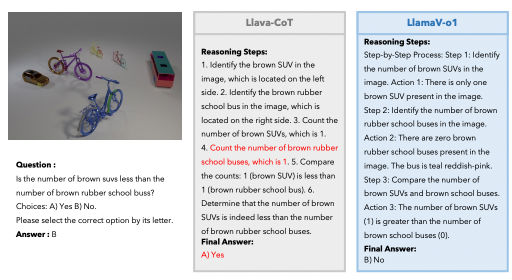ControlVideo: New Method Generates High-Quality Videos from Text Without Training
A brief summary of ControlVideo, a tool that allows users to great video directly from text.
Generating realistic videos from text descriptions is an exciting capability of AI systems, but current techniques require extensive training on large video datasets. Researchers from Harbin Institute of Technology and Huawei Cloud have developed a new method called ControlVideo that can generate high-quality videos directly from text without any training.
Subscribe or follow me on Twitter for more content like this!
Why This Matters
Training text-to-video models requires massive amounts of video data and computing resources. By eliminating training, ControlVideo makes high-quality video generation more accessible. This could enable new creative applications and research directions.
How It Works
ControlVideo adapts an existing text-to-image model called ControlNet. It leverages ControlNet's ability to generate images conditioned on text and other inputs like sketches or poses.
To generate a video, ControlVideo takes as input:
- A text description of the desired video
- A sequence of rough motion cues like sketches or edge maps
It inflates the image generation model into a video version by extending connections across frames. This allows information to flow between frames for temporal consistency.
Key elements:
- Fully cross-frame interaction: Content is shared between all frames to maintain coherent appearance.
- Interleaved frame smoothing: Alternating frame interpolation reduces flickering artifacts.
- Hierarchical sampling: Videos are generated clip-by-clip to enable efficient long video synthesis.
Results
The researchers tested ControlVideo on a dataset of text prompts paired with object motion cues. Compared to other methods, it generated higher quality videos with better consistency between frames.
ControlVideo also produced photorealistic results for challenging motions like dancing. And it could generate long videos with 100+ frames efficiently on a single GPU.
Limitations and Impact
ControlVideo is limited to motions conveyed by the input cues. It cannot fabricate entirely new motions not present in the cues. Extending the range of possible motions is an area for future work.
By making high-fidelity video generation more accessible, ControlVideo could help democratize creative AI tools. But it also raises risks of misuse for deception or harassment. The authors acknowledge concerns about potential negative impacts.
Overall, ControlVideo represents an important step towards scalable and controllable text-to-video generation. It shows the potential for creative applications without costly training. Exciting times may lie ahead as research in this area continues!
Subscribe or follow me on Twitter for more content like this!




Comments ()